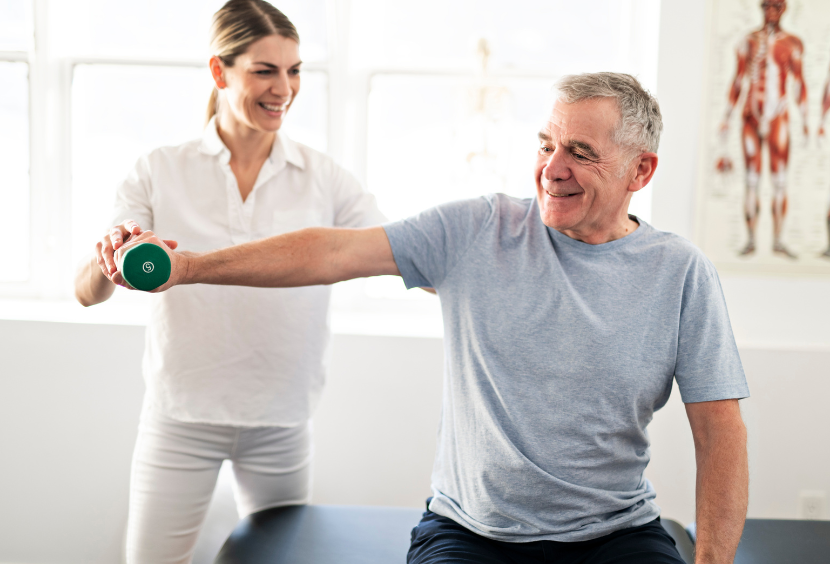Dislocations
- Nikhil Kuzhimuriyil Sunil
- Jan 27
- 2 min read
Dislocation of a joint occurs when a bone is forced out of its normal position within a joint, often resulting from an accident. The person experiences immense pain and finds it nearly impossible to move the joint. The trauma sustained can result in damage to the nearby ligaments, tendons, surrounding muscles, and nerves. Shoulders, elbows, hips, knees, jaw, and fingers are commonly dislocated joints.

Causes
Road traffic accidents.
Fall on an outstretched arm.
Sports injuries – contact sports, throwing events.
Risk Factors
Old age.
Muscle weakness.
Playing sports.
Stroke.
Types of Dislocations
Complete Dislocation:
When the bones in the joint are completely separated and moved out of place, it is called luxation. This is more severe than partial dislocations.
Subluxation/Partial Dislocation:
When the bones in the joint are only partially separated but out of normal alignment, it is called subluxation. The bones in the joint are still in contact, but any movement of the joint is still painful and hard.
Clinical Symptoms
Joint instability.
Pain in both active and passive movements.
Swelling around the joints.
Bruises.
Inability to move the joint.

Diagnosis
The medical practitioner would conduct an initial physical examination followed by an X-ray test. An MRI, CT scan, or ultrasound may be performed later to check the damage to the tissues surrounding the joint.
Treatment
Reduction: The first line of treatment involves closed or open reduction, i.e., putting the bone back into its position, done under sedation.
Immobilization: The joint is immobilized using a POP cast or splint. This will allow the healing of the joint.
Medication: Pain-relieving medications are prescribed.
Physiotherapy Management
Isometric Exercises: The patient is given isometric exercises during the immobilization phase.
Range of Motion Exercises: The patient is given range of motion exercises post-immobilization phase. Initially, the patient starts with active-assisted movements and stretches to the end range passively.
Example: For the shoulder–pendulum exercises, make circles.
Strengthening Exercises: The weak muscles are targeted. This helps in improving joint stability. Begin with gentle exercises in the available range of motion and gradually increase.
Example: For the shoulder joint – strengthening the rotator cuff muscles.
Improving Functional Ability: Training further progresses to address the daily life and occupational demands of the patient.

コメント